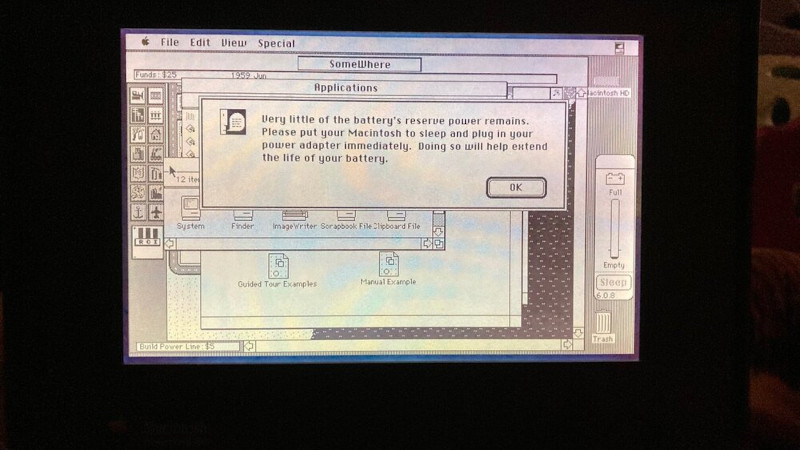This is a tale of old CPUs, intensive SMD rework, and things that should work but don’t.
Released in 1994, Apple’s Powerbook 500 series of laptop computers were the top of the line. They had built-in Ethernet, a trackpad instead of a trackball, stereo sound, and a full-size keyboard. This was one of the first laptops that looked like a modern laptop.
The CPU inside these laptops — save for the high-end Japan-only Powerbook 550c — was the 68LC040. The ‘LC‘ designation inside the part name says this CPU doesn’t have a floating point unit. A few months …read more
 Continue reading Ask Hackaday: Calling All 68k Experts→
Continue reading Ask Hackaday: Calling All 68k Experts→

